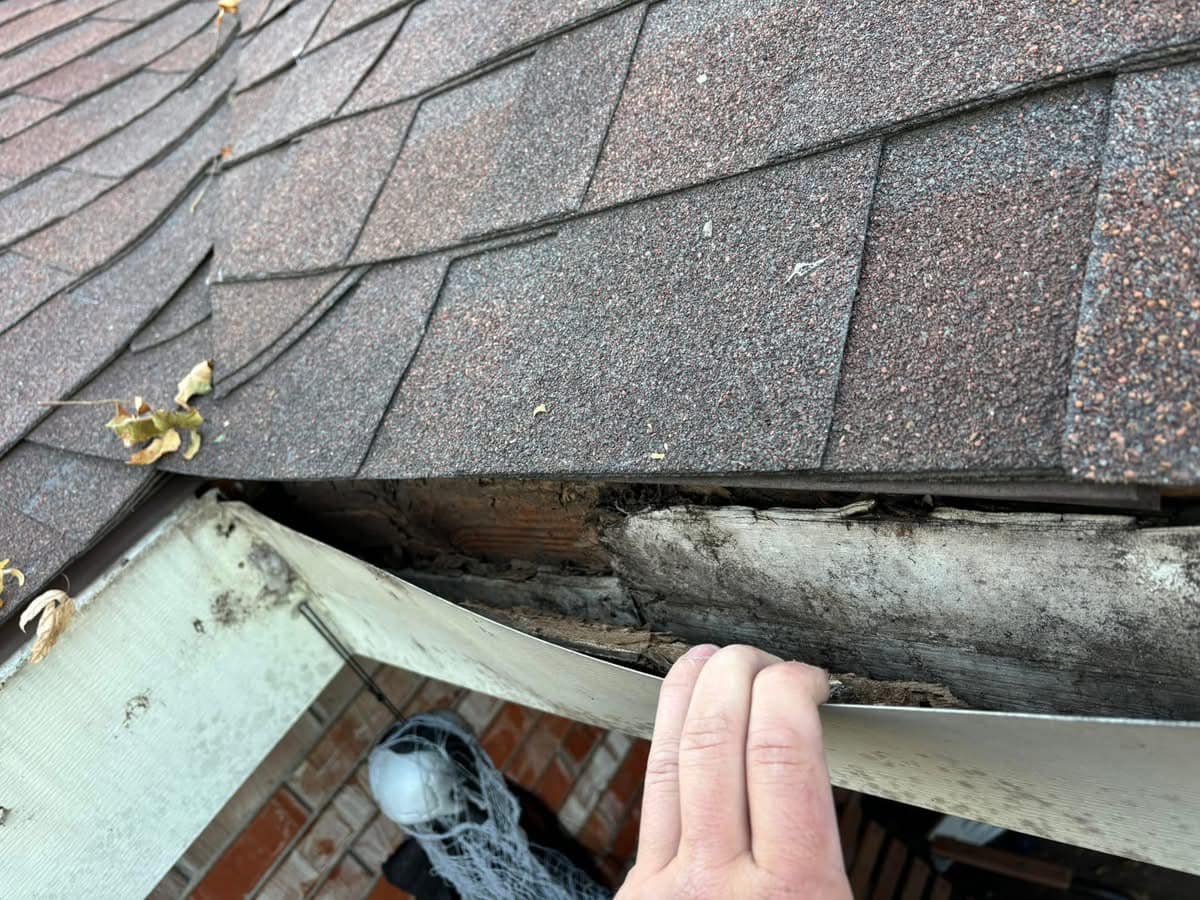If you live in Mishawaka, Indiana, you already know your home has to stand up to all four seasons — cold, snowy winters, rainy springs, humid summers, and leafy autumns. Through it all, your gutters are on the front line, directing water away from your home’s roof, walls, and foundation. But like every part of your house, gutters don’t last forever.
So, how do you know when it’s time to stop cleaning and repairing… and finally replace them?
Let’s walk through how long gutters last in a climate like Mishawaka’s, what signs to look for, and why timely replacement is important for your home’s health and safety.
Average Gutter Lifespan in Mishawaka
The lifespan of your gutters depends heavily on what they’re made of — and how well they’ve been cared for. In Mishawaka, where the weather can be rough on home exteriors, this becomes even more important.
- Aluminum or galvanized steel gutters usually last about 20 years. These are the most common types for residential homes and offer solid durability if maintained properly.
- Copper gutters, while more expensive, can last 50 years or more, even in harsh conditions — a great option if you’re looking for something long-term and low-maintenance.
Of course, those numbers assume regular care and proper installation. If your gutters were poorly installed or haven’t been cleaned in years, they might fail much sooner.

How Do You Know It’s Time?
Gutters don’t just stop working overnight. Usually, they show early signs of trouble before they give out completely. Here’s what to watch for:
1. Leaks or Pooled Water Around Your Foundation
This is a big red flag. If you notice puddles forming along the edge of your home after it rains, your gutters may not be doing their job. Leaks or disconnected joints can let water spill where it shouldn’t, leading to foundation problems, basement leaks, and even landscaping damage.
2. Cracks, Holes, or Rust
Small cracks or holes can often be patched. But when they start appearing more frequently or in multiple areas, that’s a sign your gutters are wearing down. Rust, especially on galvanized steel, is another indicator that the material is breaking down and may not last much longer.
3. Sagging or Pulling Away from the House
If your gutters are sagging or detaching from the fascia board, it usually means the hardware is failing — or worse, the wood behind the gutters has started to rot. Either way, this is a problem that often calls for full replacement.
4. Paint Peeling or Stains on Siding
When gutters fail to carry water away properly, it can run down your siding. Over time, this causes paint to peel, wood to soften, and stains to appear on your home’s exterior. These signs may look cosmetic at first, but they often point to deeper water damage underneath.
5. Frequent Clogs and Overflowing
Gutters that clog often may simply need better maintenance — or a set of leaf guards. But if you’re cleaning them multiple times a season and still having problems with overflow or standing water, it could mean they’re too narrow, poorly pitched, or damaged beyond repair.
The Role of Climate in Gutter Lifespan
Living in Mishawaka, your gutters take a real beating year-round. In the winter, snow and ice can weigh them down and cause cracking or detachment. In spring and summer, heavy rains can quickly reveal any flaws in your gutter system. And in the fall, leaves and twigs are constantly looking for places to settle — especially in open gutters that don’t have guards.
This means that even good-quality gutters might not hit their full 20- or 50-year lifespan if they’re exposed to extreme weather without proper maintenance.
Maintenance Matters More Than You Think
Want to extend the life of your gutters? The best way is to keep them clean and clear.
- Clean out debris at least twice a year — ideally in the spring and fall.
- Inspect them after big storms or heavy snow.
- Make sure downspouts are unclogged and water is flowing away from your home.
- Fix small leaks or loose brackets right away to prevent bigger problems.
Regular gutter maintenance might not be the most exciting part of homeownership, but it can delay the need for replacement by years.
Can I Repair Instead of Replace?
If the damage is limited to a few spots — say, a single leak or a small area of rust — a repair might be all you need. In many cases, patching a hole, sealing a joint, or replacing a short section is a quick and affordable fix.
But if you’re dealing with repeated issues, multiple damaged sections, or signs of structural failure (like sagging or detachment), it’s often more cost-effective to replace the whole system.
And if your gutters are more than 15 to 20 years old, even small repairs might only buy you a little more time.
Why Replacing Gutters Matters
It’s easy to overlook your gutters — after all, they’re not flashy or fun. But they protect some of the most important parts of your home.
Failing gutters can lead to:
- Foundation cracks
- Roof leaks
- Rotting fascia boards
- Mold and mildew
- Flooded basements
Replacing them before things go wrong can save you thousands in future repairs and give you peace of mind, especially during Indiana’s rain-heavy spring and snow-filled winters.

Ready for a Gutter Upgrade in Mishawaka?
If your gutters are showing signs of wear, don’t wait for a major problem to take action. Whether your home needs a few simple repairs or a full replacement, addressing the issue now can save you time, money, and a lot of stress down the road.
Call SmartStyle Seamless Gutters today to schedule an inspection. A professional can assess the condition of your system, help you choose the right materials, and get the job done right — so your home stays safe and dry no matter what the Indiana skies throw at it.
Protect your home from the top down. It all starts with your gutters.

